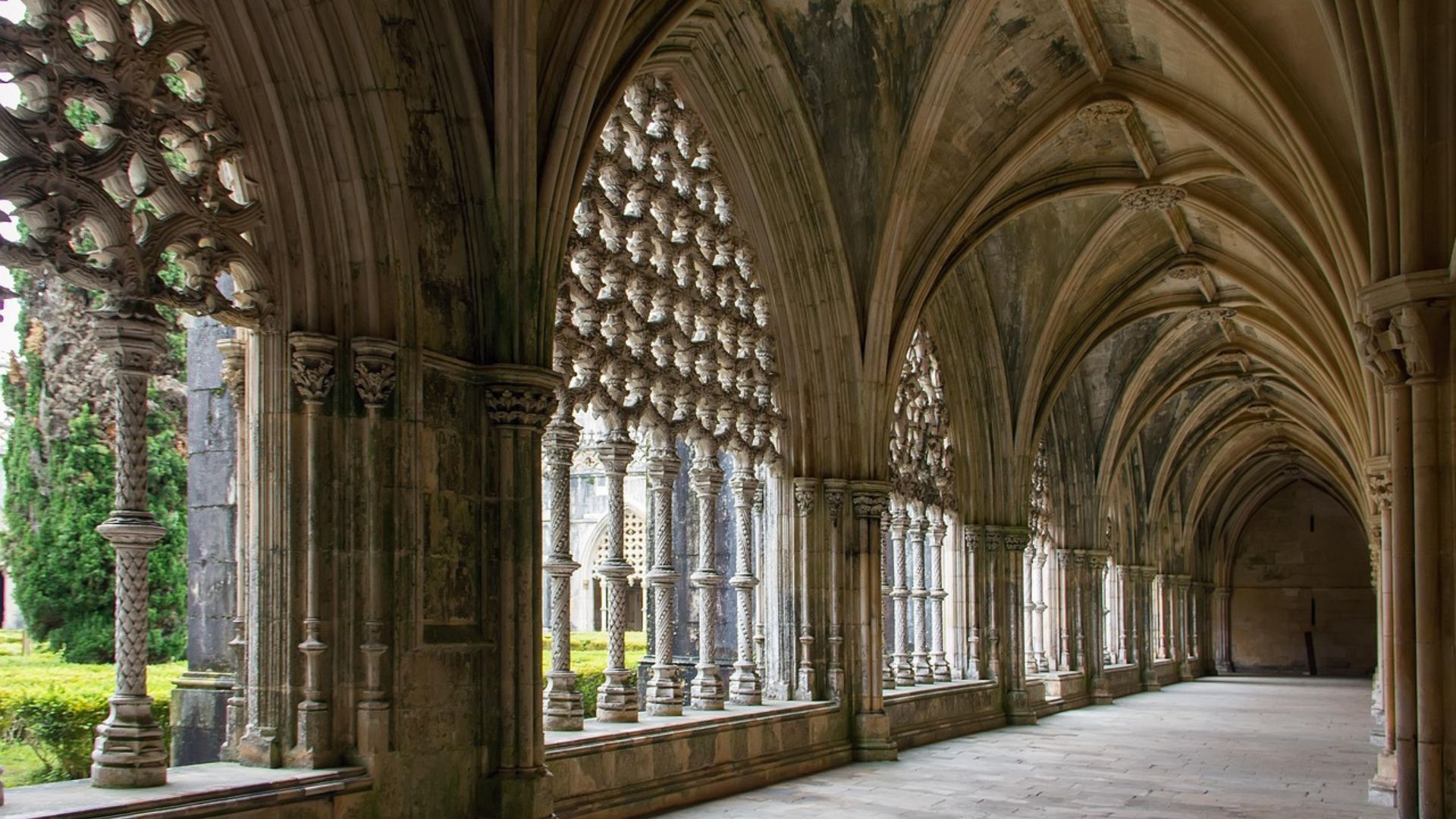When I walked into Batalha Monastery, I honestly felt like I’d just wandered into some kind of Gothic daydream. The limestone arches soared overhead, catching the Portuguese sunlight in a way that almost made them glow. No wonder this place is a UNESCO World Heritage Site and one of Portugal’s real gems.
Batalha Monastery isn’t just jaw-dropping for its architecture; those wild unfinished chapels completely surprised me and, honestly, left me a little obsessed.
Tucked away in the quiet town of Batalha, the monastery asks you to slow down and really look. Intricate carvings, rose windows, bold stonework—there’s detail everywhere. As I wandered, I couldn’t help but linger at the Capelas Imperfeitas, the Unfinished Chapels. They’re like some open-air riddle, showing off Portugal’s late Gothic flair in the quirkiest way.
If you’re heading to Portugal and you’re even a little bit into history, art, or just weirdly wonderful places, you can’t skip this one. The stories in these walls and those haunting chapels had me hooked from the first step.
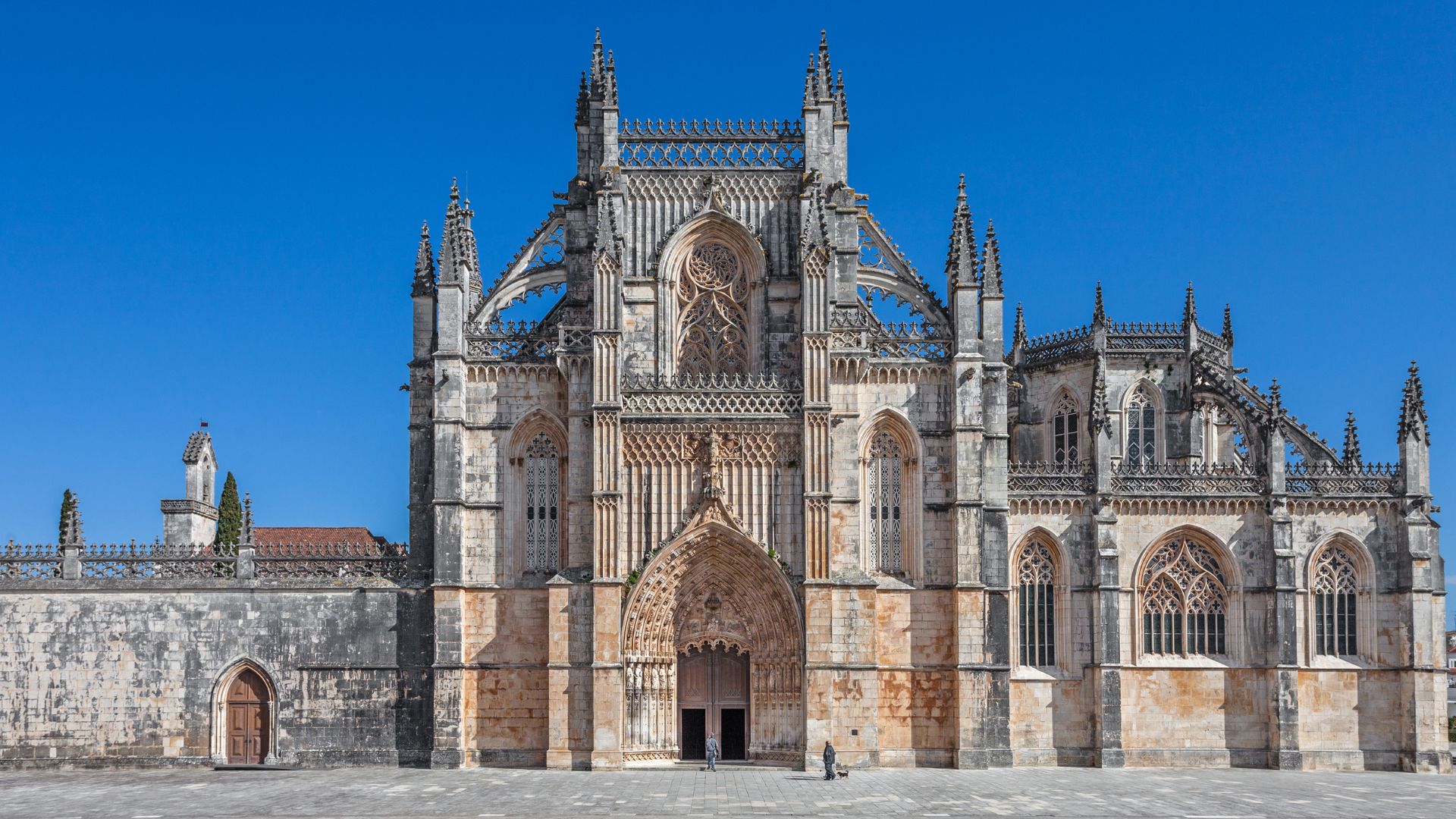
First Impressions: Arriving at Batalha Monastery
Getting to Batalha Monastery is a whole experience. The roads twist through peaceful fields, and then, out of nowhere, that famous stonework appears.
Every moment feels like something new. One minute it’s just countryside, and the next, you’re staring at the monastery’s iconic façade.
Driving Through the Portuguese Countryside
My drive took me over rolling hills dotted with olive trees and tiny villages full of whitewashed houses. The air felt crisp, and the whole scene looked like it belonged on an old postcard.
Wildflowers popped up everywhere, even in early summer. Small roadside cafés tempted me with the smell of strong coffee and pastries. The closer I got, the quieter the roads became, with barely any signs except a few pointing the way.
Then I rounded a bend and there it was—the sharp rooflines cutting across the sky. The town of Batalha is pretty sleepy, so finding parking was a breeze. Signs pointed me to visitor lots right near the entrance.
When I stepped out of the car, the monastery’s towering spires already loomed above everything else. It felt like something big was about to happen.
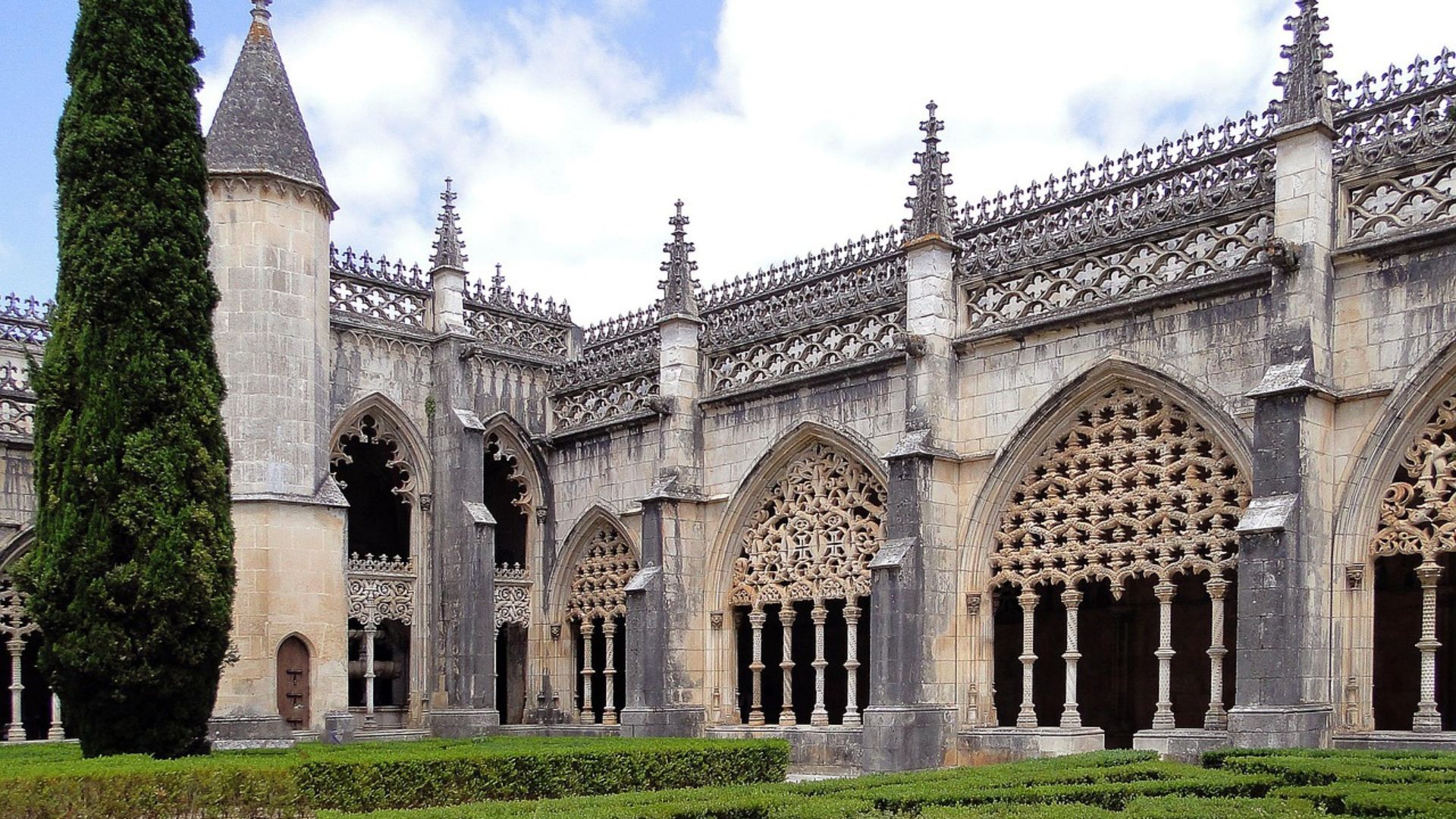
The Awe of the Façade Up Close
As I walked up, the sheer size and detail of Batalha Monastery stopped me in my tracks. The pale stone front is packed with statues, spires, and massive windows. I had to just stand there for a second—photos really don’t do it justice.
The main entrance stands out with its sharp arches and carved stone, mixing Gothic and Manueline styles. Sunlight made the carvings pop, and I kept spotting new scenes and patterns every time I looked.
Tourists mostly stood in quiet awe, snapping photos that probably won’t capture the real thing. I kept glancing toward the unfinished chapels at the far end, where stone columns stretch straight up. Clearly, the builders wanted this place to leave an impression on anyone who visits.
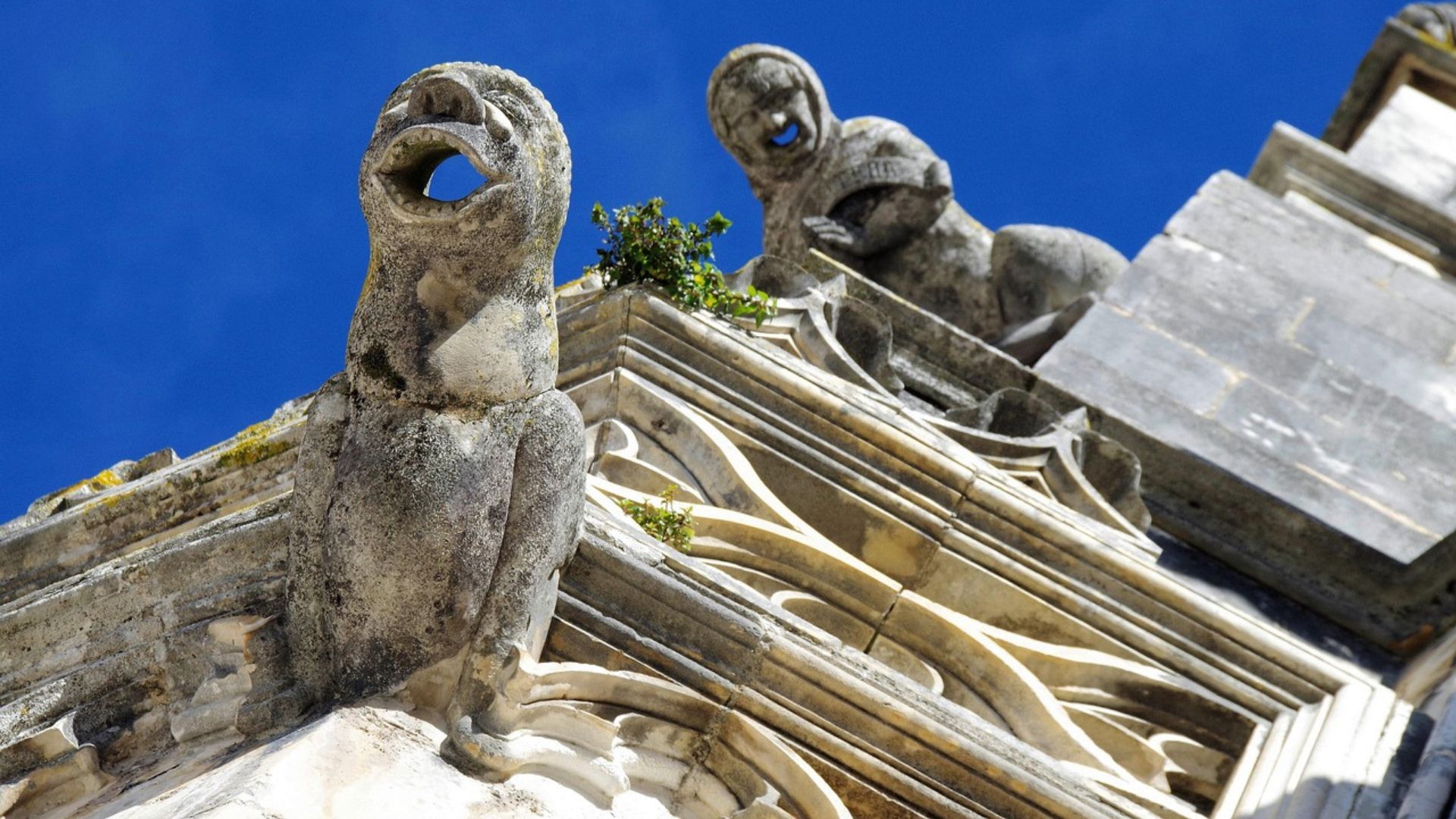
Visitor Tips for a Smooth Entry
Before you go, check the opening times—they sometimes change for holidays. Entry fees are posted at the gate, and you can buy tickets right there. Both cash and cards work fine.
If you want fewer crowds and better photos, try early morning or late afternoon. Public restrooms sit close to the ticket office. Wear comfy shoes—there’s a lot of uneven stone.
You can’t bring big bags inside, so pack light or use the storage area. Batalha has some cute shops and cafés for snacks or souvenirs. If you’re into history, audio guides are available and actually pretty helpful.
Bring a water bottle, especially during the warmer months. You’ll thank yourself later.
Understanding Batalha Monastery’s Flamboyant Gothic Architecture
Batalha Monastery is a knockout for anyone who loves dramatic Gothic style, wild details, and stories with real roots. Its architecture just kind of sweeps you up with those soaring lines and intricate designs.
What Makes Flamboyant Gothic Unique
Walking through the monastery, I couldn’t get over the extravagance of the Flamboyant Gothic style. It started in France, but here it’s all about those flowing, flame-like patterns in the windows and arches.
At Batalha, you’ll see crazy tracery, decorative spires, and pinnacles that look like lace made out of stone. Light pours through tall stained-glass windows, coloring the walls with a soft glow.
Everywhere you turn, something new jumps out—nothing here feels boring or repetitive.
Flamboyant Gothic means:
- Fancy window tracery
- Sky-high spires and vertical lines
- Loads of decoration
It’s bold, but not heavy. It pulls your eyes up and just keeps you looking.
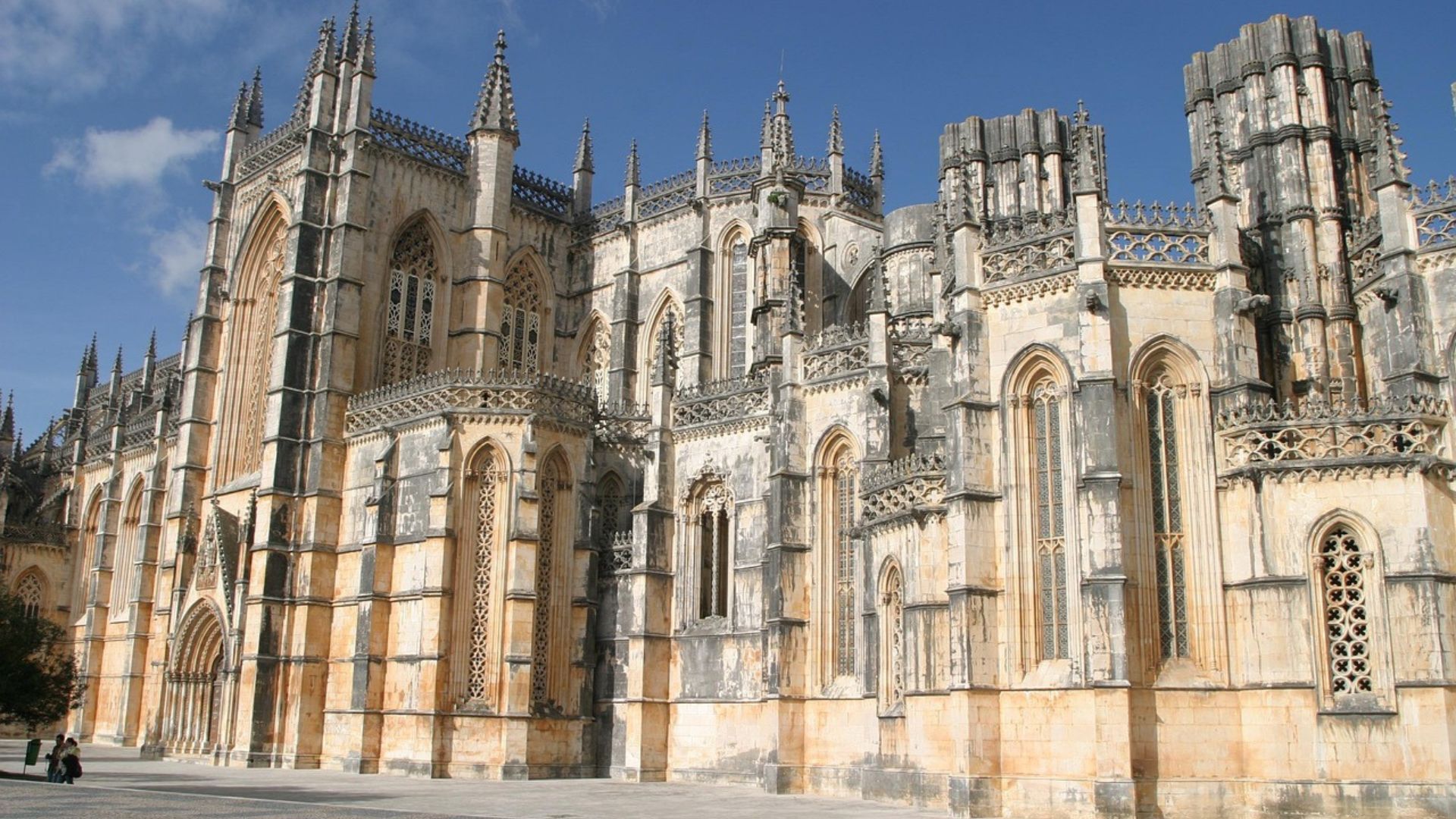
Stonework Masterpieces and Sculptural Details
The stone carvings absolutely blew me away. Artists covered nearly every inch with twisting columns and chiseled floral or geometric designs. Even after centuries, saints and kings above the doors still have faces full of expression.
Some spots, like the Chapter House door, show off epic sculptural scenes. No two carvings look exactly the same. I’d just stand there, tracing the patterns and finding tiny animals, shields, or even mythological beasts.
Here’s a quick table of favorite finds:
| Detail Type | Description |
|---|---|
| Window Tracery | Flowing, flame-like stonework |
| Pinnacles & Spires | Tall, ornate, lace-like |
| Doorway Sculptures | Scenes from saints’ lives, historic events |
It’s easy to lose track of time just staring at the creativity carved into this place.
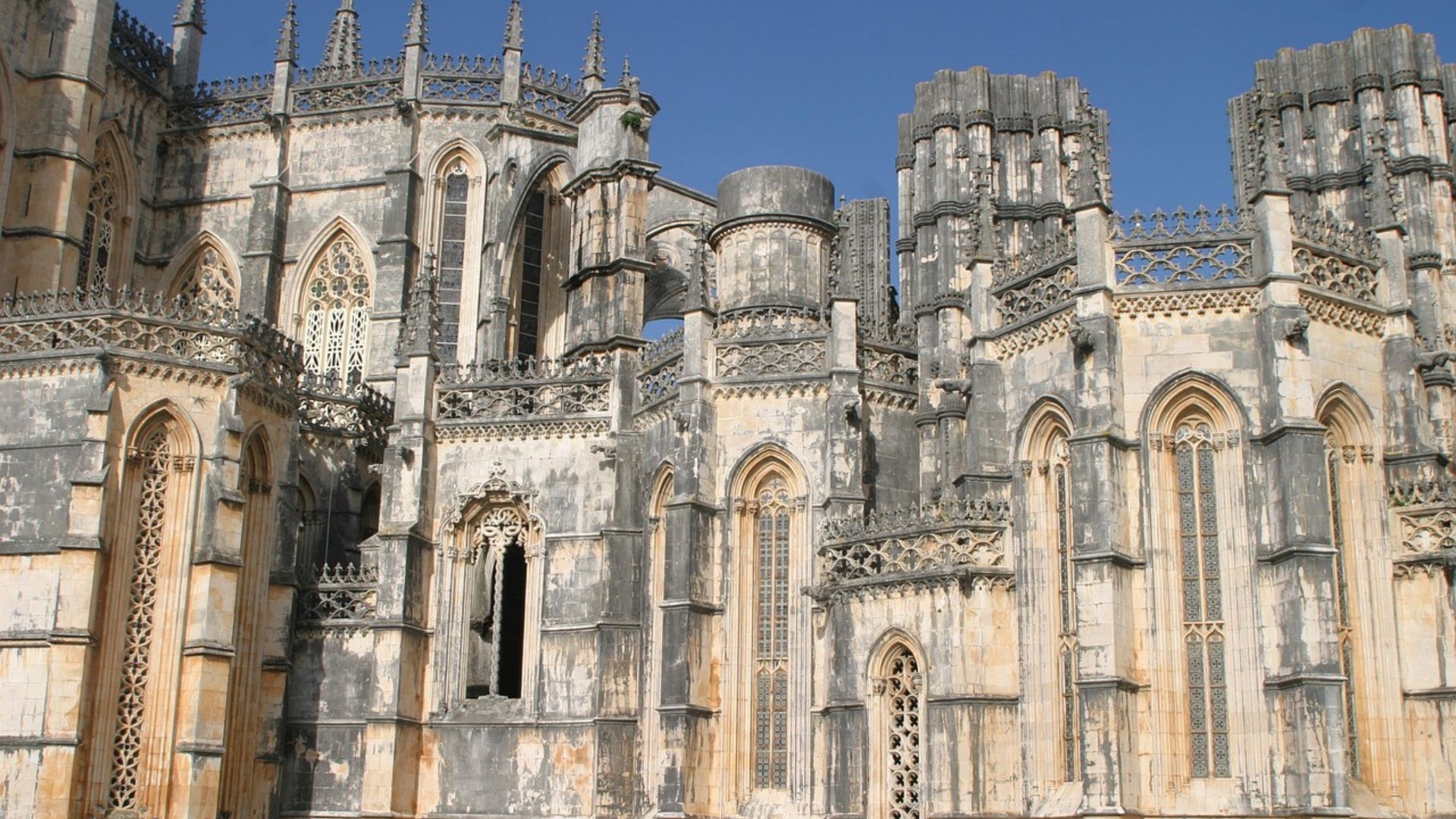
The Story Behind the Monastery’s Construction
King João I kicked off Batalha Monastery as a royal promise after Portugal beat Castile at the Battle of Aljubarrota in 1385. He wanted to thank the Virgin Mary for the win and set up a symbol for his new dynasty.
Building took over a hundred years, with several master architects—especially the famous Master Huguet—taking turns at the helm. As leadership changed, so did the style, but Flamboyant Gothic always stayed front and center.
Some projects, like the Unfinished Chapels, never reached the finish line, which just makes the place feel even more alive and full of stories.
Inside, I could sense the weight of its purpose. Even the incomplete bits, open to the sky, add a kind of mystery and drama you don’t find just anywhere.
Those Unfinished Chapels: An Iconic Highlight
The Unfinished Chapels grabbed my attention right away. There’s something about their open ceilings, mix of rough and delicate stonework, and the stories of ambitious royals that makes them unforgettable.
Walking Into the Roofless Wonder
I stepped through the grand archway and immediately looked up—no roof, just stone arches reaching for the sky. The Unfinished Chapels sit just behind the main church, and walking in felt like finding some secret, sunlit room from another era.
What struck me most was the contrast: detailed Gothic carvings right next to rough, unfinished edges. Pillars form a perfect octagon, circling a space that feels peaceful but also a bit wild.
The open ceiling lets the weather in and gives you a front-row seat to the changing sky. I watched sunlight move across the floor and listened to the echoes bouncing off those raw stone walls.
Even after seeing plenty of old churches, this spot just felt different. Each step made me want to pause and look up again.
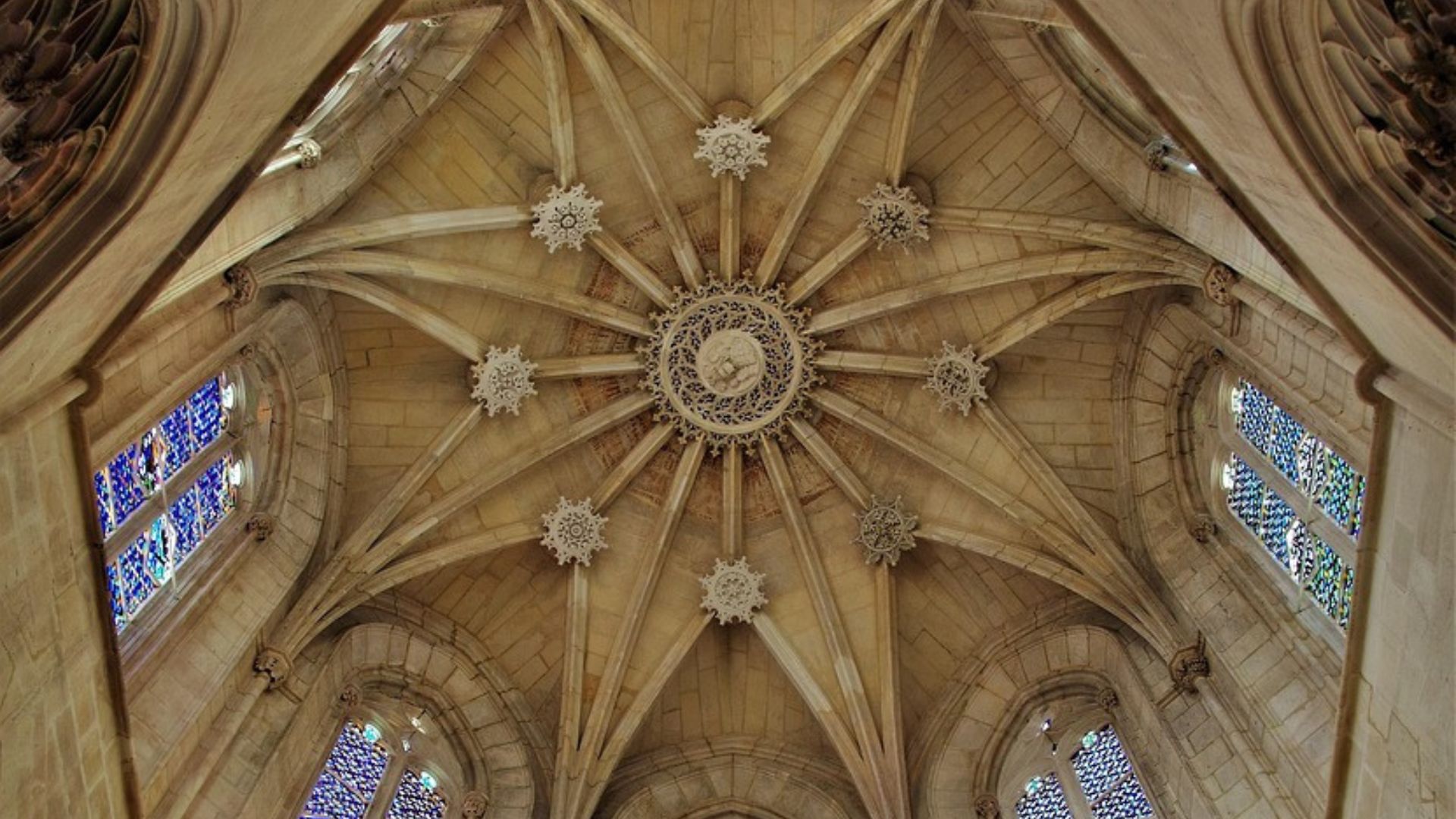
Intriguing Legends and Royal Mausoleum
The chapels weren’t just for show—they were supposed to be a royal mausoleum for King Duarte and his family. I found myself standing among real royal tombs, including King Duarte’s.
Seeing these tombs brings the past up close. Local legends swirl around here—some guides talk about King Duarte’s big dreams and Master Huguet’s passion, both of which kind of faded out but left this haunting spot behind.
Royal ambition is carved into every half-finished detail. I took a few quiet minutes to soak in the mix of history and myth. Even unfinished, the chapel’s role as a place of memory for Portuguese royalty is obvious—the air feels heavy with stories.
Why Were the Chapels Never Completed?
I kept hearing the same question from other visitors: why are they unfinished? Construction started in 1434, ordered by King Duarte as a family pantheon. But when Duarte died of plague in 1438, work just stopped.
His successors tried, but politics, shifting royal focus, and money problems kept getting in the way. King Manuel I later poured resources into Lisbon’s Jerónimos Monastery instead. By then, tastes had changed, and the original vision faded.
Inside, you can almost feel those abandoned dreams—grand plans frozen in stone. The Unfinished Chapels stick with you not because they’re perfect, but because they show history at the exact point where hope ran out and time just moved on.
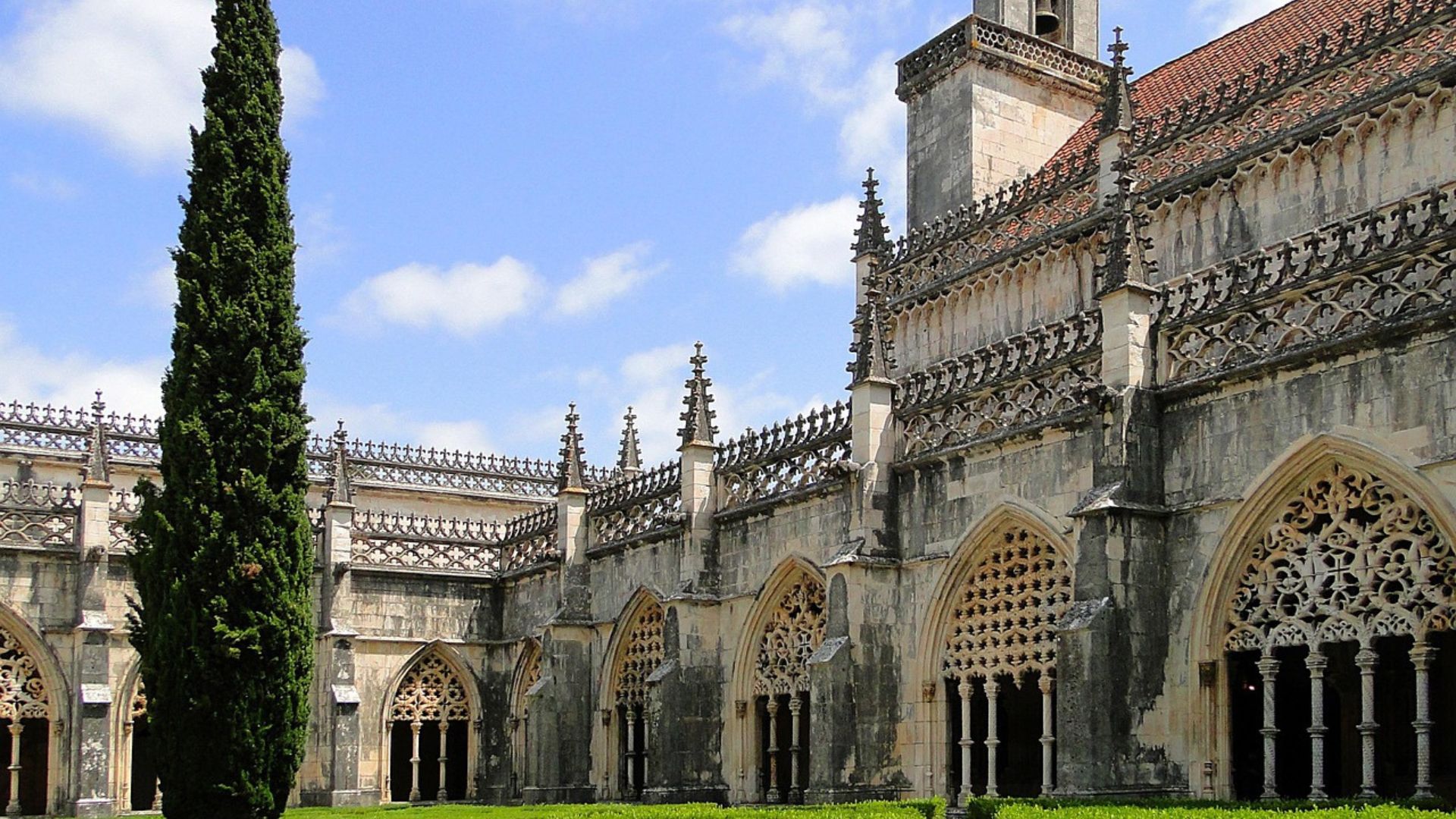
Inside the Monastery: Must-See Spaces and Experiences
Batalha Monastery is packed with spaces that feel both grand and peaceful. I wandered through echoing chapels, winding stone corridors, and sunlit cloisters, and each one felt like a little world of its own.
The Founder’s Chapel
The Founder’s Chapel honestly left me speechless. It’s more than a royal tomb—it’s the heart of the monastery, built by King João I as a family resting place.
Inside, King João I and Queen Philippa of Lancaster rest at the center, surrounded by their sons, including Prince Henry the Navigator. Even if you’re not a history nerd, this chapel just feels special.
High arches and delicate stonework draw your eyes up. Soft natural light makes the space feel calm and balanced.
You can walk quietly between the tombs, admiring the carvings and bold architecture. On quiet mornings, the space feels especially powerful—almost like you’ve slipped back in time. I’d recommend standing in the middle for the best view of the symmetry and strength.
Stained Glass Windows That Dazzle
The stained glass windows at Batalha Monastery are impossible to ignore. Blues, reds, golds—they’re not just pretty, they tell stories from the Bible and showcase 15th and 16th-century artistry.
Some windows glow with scenes of saints and the Virgin Mary. Sunlight streaming through fills the whole place with color, and the mood changes as the day goes on.
I tried to visit in the morning, when the south-facing windows really light up, making patterns dance across the stone. If you love art or photography, you’ll want to linger here.
A camera with a good zoom helps if you want to catch close-ups of the intricate designs. There’s always something new to spot in each pane.
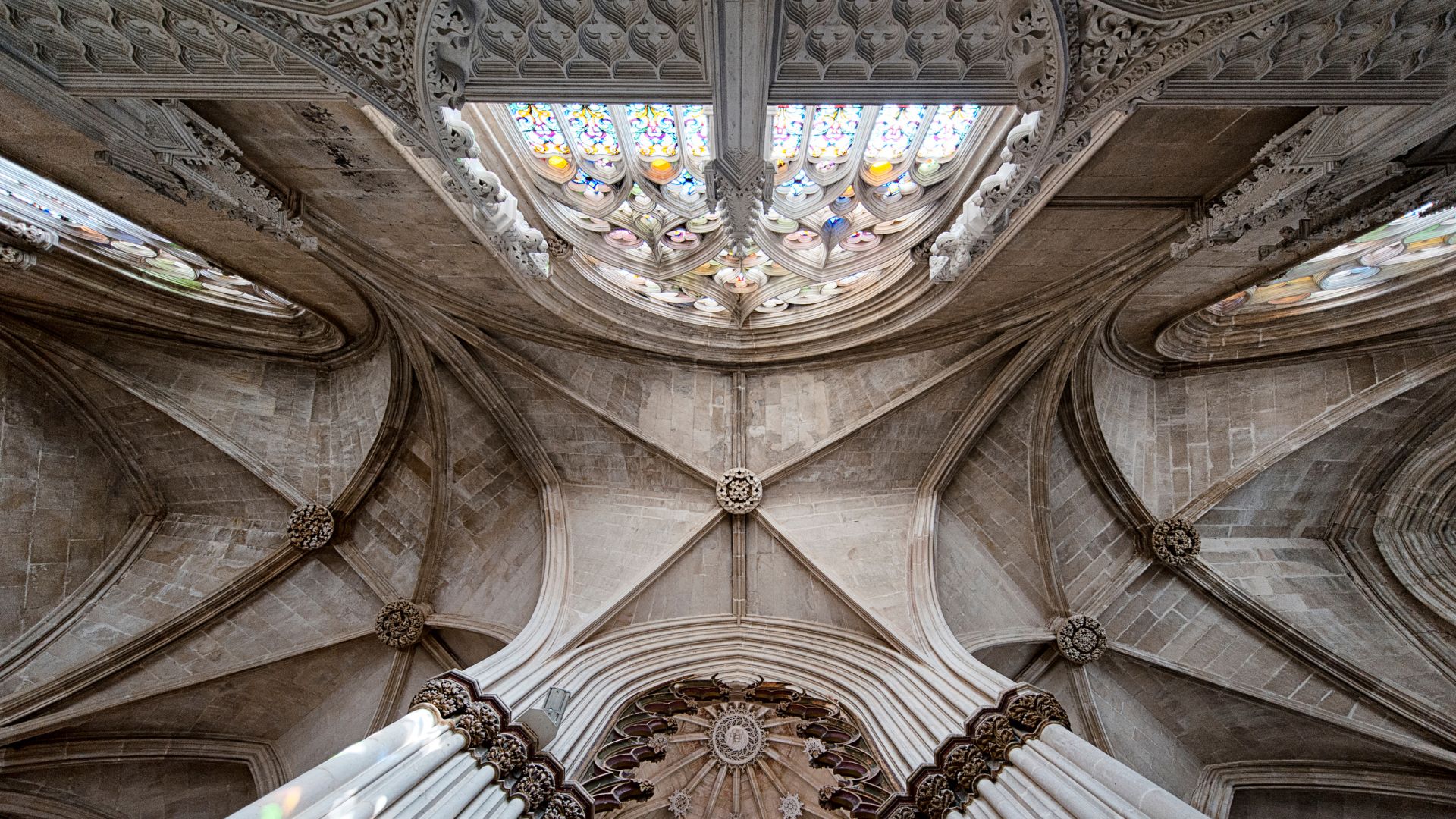
The Royal Cloister’s Silent Beauty
The Royal Cloister feels like a peaceful escape from the busy corners of the monastery. Elegant Gothic arches and Manueline flourishes wrap around a quiet garden that just invites you to slow down.
I loved hearing my footsteps echo on the stone as I wandered the covered walkways. Those lace-like carvings and the honey-colored limestone—honestly, it’s hard not to stop and stare.
Benches line the edges, and they’re perfect for a quick rest or some people-watching. In the late afternoon, when the light gets soft, the whole place almost glows.
I could easily picture monks moving silently through these same halls, lost in study or prayer. The outside noise faded away as soon as I stepped into the shadows.
This space cuts you off from distractions. If you need a spot for reflection or just a breather during your day, this is it.
For me, those quiet moments in the cloister made my visit to Batalha unforgettable.
Capturing Batalha: Photography and Practical Travel Advice
Whenever I travel, I notice how the mood of a place shifts with the time of day. Batalha Monastery, with its massive arches and intricate stonework, feels completely different when it’s empty and touched by golden morning light.
If you wander beyond the monument, you’ll find small cafés and the village’s charm. It’s so much more than just a UNESCO site.
Best Times to Visit and Beat the Crowds
Arriving early in the morning always pays off. You get quiet halls and that gentle sunlight streaming in.
The doors usually open around 9 a.m. Locals don’t rush in, so it’s pretty calm at this hour.
I’ve noticed tour groups show up by mid-morning. If you slip in before 10 a.m., you can wander the nave and cloisters with just a handful of other visitors.
If your schedule’s flexible, try coming during the shoulder seasons—late spring or maybe September. The weather stays nice, but the crowds thin out, which makes exploring and taking photos way easier.
Sundays, especially in summer, get busy. Local families and day trippers fill the place.

Photography Spots Not to Miss
Batalha hides beautiful angles everywhere, but a few spots really stand out. The central nave, with those towering Gothic columns and shifting sunlight, makes a dramatic first shot.
A wide-angle lens helped me capture the full scale inside.
In the Founder’s Chapel, colored glass and carved stone glow brightest in the late afternoon. I always lingered in the cloisters, where arches frame the sky and gardens—morning light makes the stonework look almost golden.
Don’t miss the Unfinished Chapels. Their open sky and ornate details create wild contrasts and shadows all day. There’s no roof, so even on cloudy days, the scene feels dramatic.
My favorite photos came from crouching low and letting the columns stretch up into the frame.
Souvenirs, Cafés, and Exploring the Local Village
After spending hours soaking up the history, I wandered into the little shops along the street outside. Local pottery, handmade tiles, and embroidered linens really caught my eye—honestly, these feel like the best mementos you could bring back from Batalha.
Prices here usually stay pretty reasonable, and the shop owners are genuinely friendly. It’s the kind of place where you might end up chatting about the weather or last night’s football match while you browse.
I needed a break, so I ducked into a nearby café and grabbed a pastel de nata with my coffee. These cafés have this laid-back vibe that just begs you to slow down for a minute—or maybe an hour.
Later in the afternoon, I made my way to Pia do Urso village. It’s only a short drive, and wow, what a contrast. The village feels quiet, beautiful, and somehow worlds away from the grandeur of the monastery.
Tip: Sometimes, Portuguese residents can visit the monastery for free on special days—definitely check ahead to see if you qualify.
